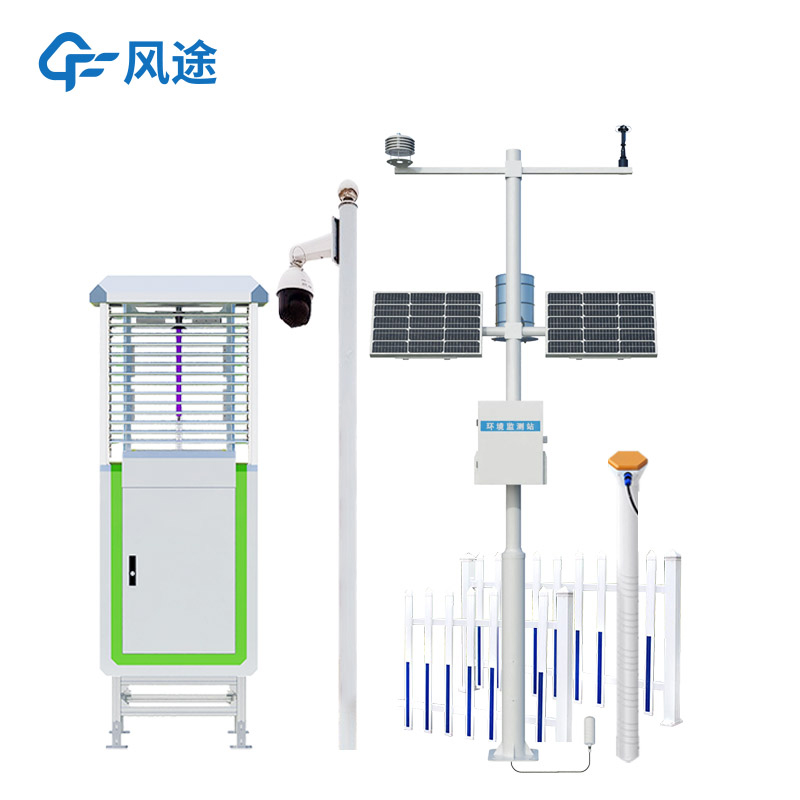With the vigorous development of science and technology, smart agriculture is gradually becoming a new trend in the agricultural field. Among them, the Agricultural four conditions monitoring system provides key smart management data for the refined and scientific management of farms.
The Insect Monitoring Station is used to prevent and control crop pests. In various areas of the farm, intelligent pest forecasting lamps are distributed. They use light trapping technology to attract pests. Once pests are trapped, the high-definition camera in the device is quickly activated to take images of the pests. By analyzing these images, the types of pests, such as common aphids and rice planthoppers, can be accurately identified, and the number of pests can be accurately counted. Through continuous monitoring, the system can clearly grasp the occurrence trend of pests, generate pest situation reports in a timely manner, and quickly push this information to farm managers. Managers can make preparations in advance and apply pesticides precisely, which not only effectively controls pests but also significantly reduces the use of pesticides, reduces environmental pollution, and ensures the quality and safety of agricultural products.
The Plant Growth Monitoring System is used to keep track of crop growth. High-definition cameras combined with image recognition technology conduct all-round monitoring of crops, ranging from crop plant height and leaf area to changes in leaf color. By analyzing these data, the growth stage of crops can be accurately judged, and abnormal situations such as weak seedlings and diseased seedlings can be found in time. Farm managers can check the dynamic curve of seedling conditions anytime and anywhere through a mobile APP. Based on this information, they can scientifically adjust strategies such as fertilization and thinning to ensure the normal growth of crops and lay a solid foundation for a good harvest.
The Soil moisture monitor is used to obtain soil information. Sensors installed at different soil depths collect real-time data such as soil moisture, temperature, pH value, and salt content. When the soil moisture is lower than the suitable range required for crop growth, the monitoring system will immediately issue an early warning and link with irrigation equipment to automatically carry out precise irrigation, realizing "watering on demand". This not only avoids crop yield reduction due to drought but also effectively saves water and improves the efficiency of water resource utilization. According to the soil fertility status, the system can also provide a basis for precise fertilization, ensuring the rational use of fertilizers, reducing production costs, and enhancing the sustainable productivity of the soil.
Disaster monitoring equipment is used to prevent natural disasters. Meteorological stations closely monitor meteorological parameters such as wind speed, rainfall, and light. Once the meteorological conditions reach the threshold that may cause disasters, such as heavy rain, strong wind, and hail, the system will quickly issue early warning information. Video surveillance equipment captures images of crops affected by natural disasters. After receiving the warning, farm managers can take protective measures immediately, such as reinforcing greenhouses and harvesting mature crops in time, to minimize the losses caused by disasters.
In farms, the Agricultural four conditions monitoring system provides comprehensive and accurate smart management data for agricultural production. These data provide strong support for scientific decision-making on farms, promote the transformation and upgrading of traditional agriculture to smart agriculture, and help achieve high-yield, high-quality, green, and sustainable development of agriculture.

Article address:https://www.sqqx.net/en/news/714.html

 +86 15898932201
+86 15898932201



